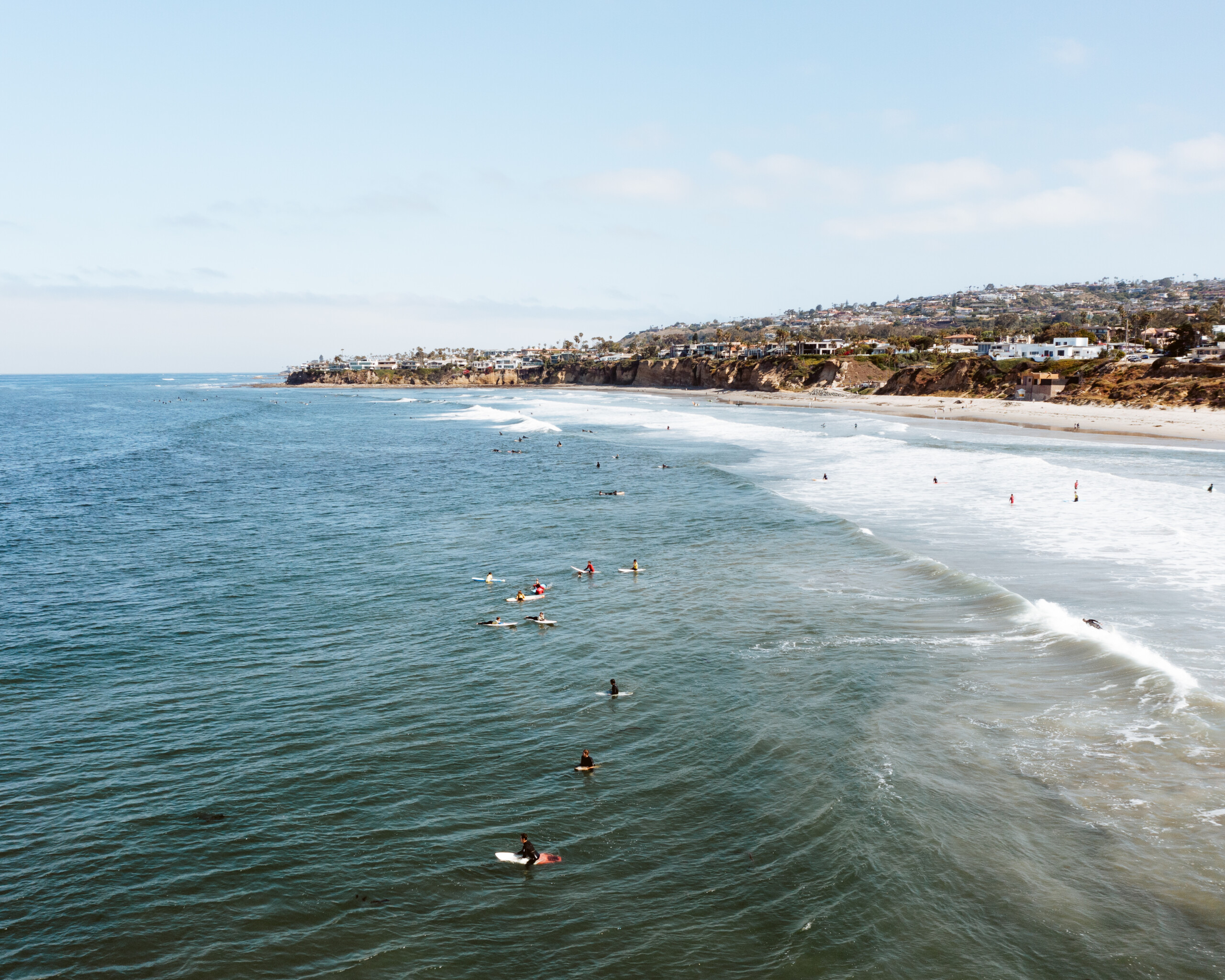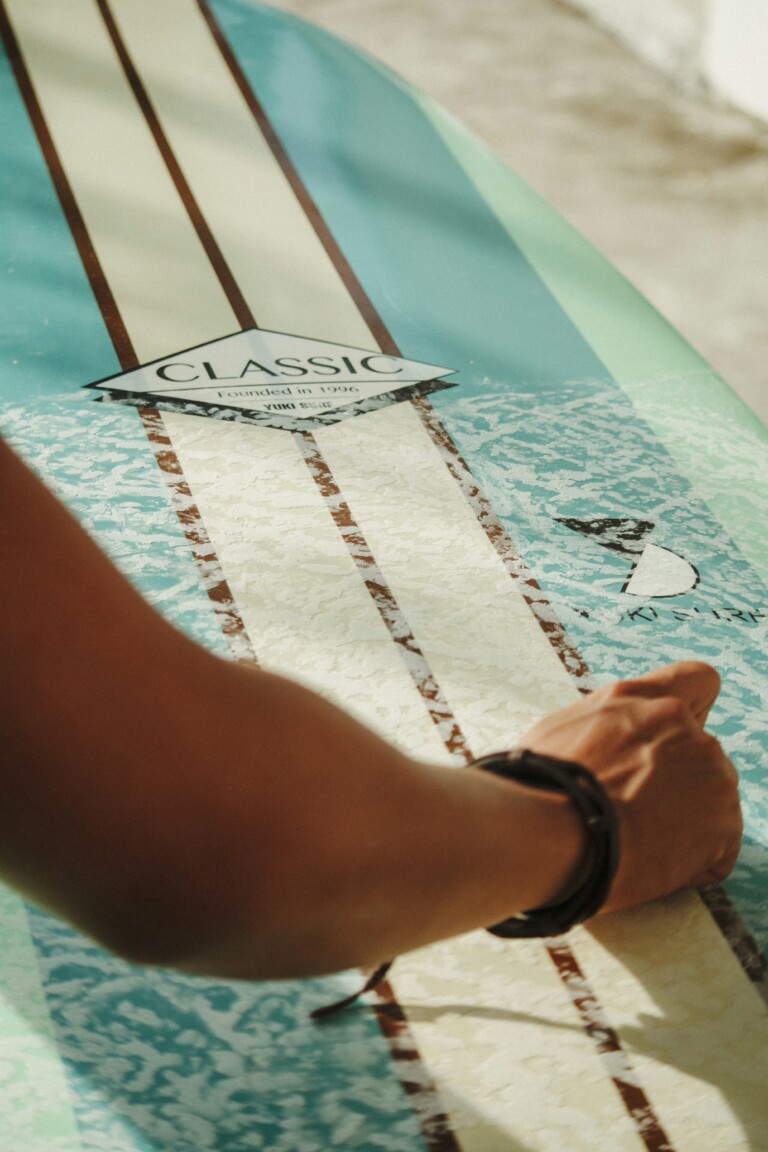When it comes to surfing, no two surf breaks are alike. The characteristics of each surf break can make the difference between an average session and an epic one. If you’ve been surfing in the same spot for a while, you may be missing out on the unique challenges and rewards other surf breaks have to offer. Here’s why it’s essential to understand different types of surf breaks and how trying new ones can elevate your surfing game.
Types of Surf Breaks and Their Characteristics
- Beach Breaks Beach breaks occur where waves break over a sandy bottom. These breaks are often more forgiving, making them great for beginners. Since sandbars shift with the tides and seasons, beach breaks are known for offering a wide variety of wave conditions, from mellow waves perfect for San Diego surf lessons to more challenging swells.
Why surf it?
Beach breaks offer dynamic wave conditions that can help you develop a versatile set of surfing skills. You’ll learn how to adapt to changing sandbars and water movement, giving you an edge when surfing elsewhere. - Point Breaks Point breaks happen when waves peel around a headland or point of land, creating long, predictable rides. These breaks are often the favorite for intermediate and advanced surfers because the waves are more consistent, providing ample opportunity to practice turns and maneuvers.
Why surf it?
If you’re looking to perfect your carving or work on your style, point breaks offer some of the longest rides, allowing you to practice multiple techniques in one ride. La Jolla’s point breaks are a great example of consistency and perfection for honing your skills. - Reef Breaks Reef breaks occur when waves break over coral or rocky reefs, typically creating faster, hollower waves. These breaks can be intimidating for inexperienced surfers, but they reward those who are ready to push their limits. Reefs are often found in places like Hawaii and certain parts of Southern California, but advanced surfers in San Diego can also enjoy reef breaks in spots like Sunset Cliffs.
Why surf it?
Surfing a reef break forces you to improve your timing, precision, and ability to navigate faster waves. For advanced surfers, reef breaks offer some of the best barrel opportunities and help take your surfing to the next level.
Why It’s Important to Try New Surf Breaks
- Broaden Your Surfing Skills Sticking to one surf break might make you an expert on its specific conditions, but it can also limit your overall progress. By surfing new breaks, you expose yourself to different wave shapes, speeds, and conditions, allowing you to fine-tune your abilities and grow as a surfer.
- Adaptability The ocean is unpredictable, and being able to adapt to various wave conditions is an invaluable skill. Trying new surf breaks will teach you how to quickly read different waves, tides, and currents, making you a more versatile and confident surfer.
- Build Confidence Surfing new spots can sometimes be intimidating, but stepping outside your comfort zone is crucial for personal growth. Tackling different types of waves at various breaks will help you develop the mental toughness to handle unfamiliar environments.
- Discover New Communities Surfing new breaks isn’t just about the waves—it’s also about the community. Each spot has its own local culture and vibe. Meeting other surfers, exchanging tips, and exploring different lineups can broaden your surfing network and bring a fresh perspective to your sessions.
Conclusion
Exploring different surf breaks is a key part of advancing your skills and deepening your love for surfing. Whether it’s the shifting sandbars of beach breaks, the long walls of point breaks, or the fast, hollow waves of reef breaks, each spot presents unique challenges and opportunities. So, next time you hit the water, consider branching out and trying a new break. You’ll become a more well-rounded surfer, and who knows—you might just find your new favorite wave.
















